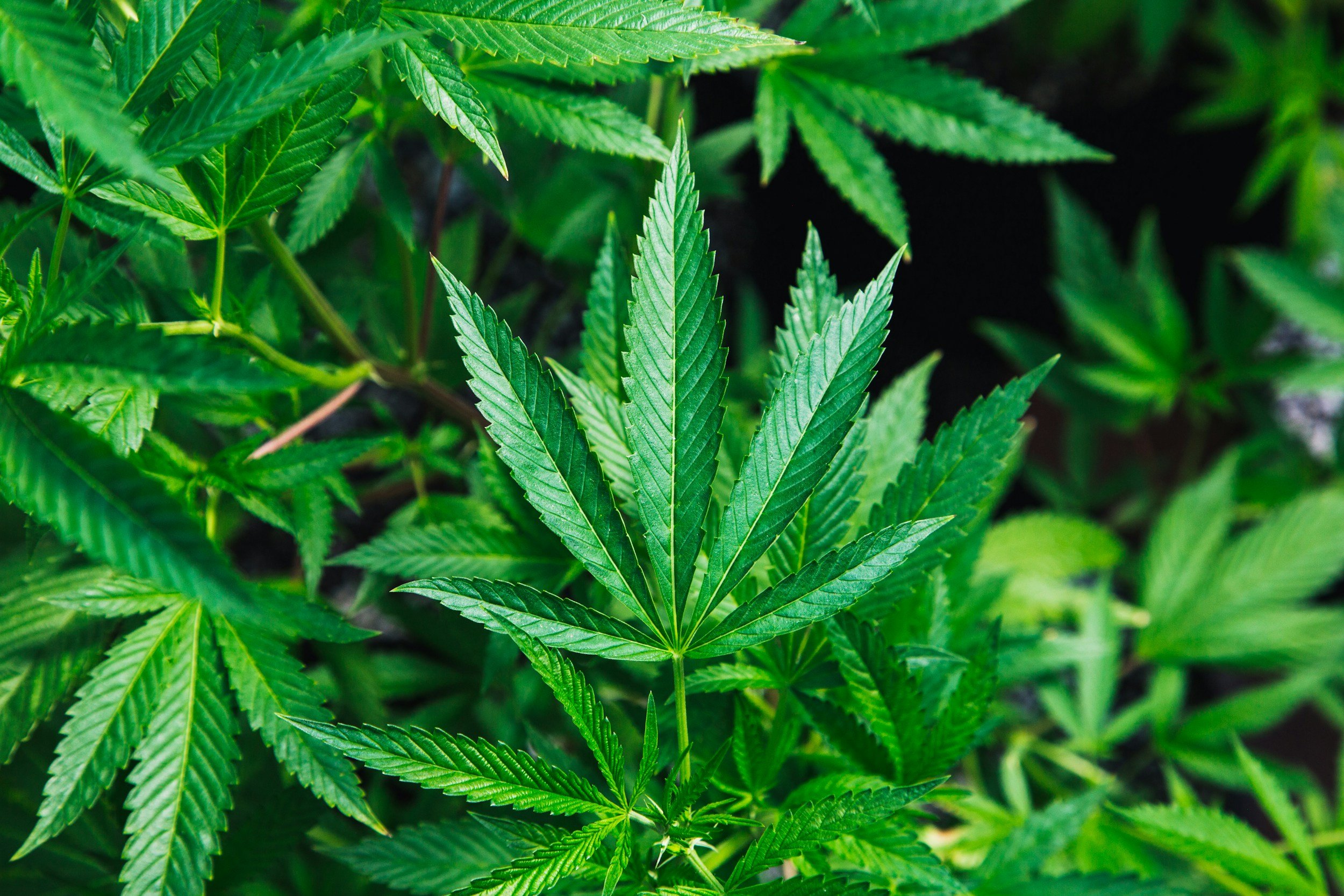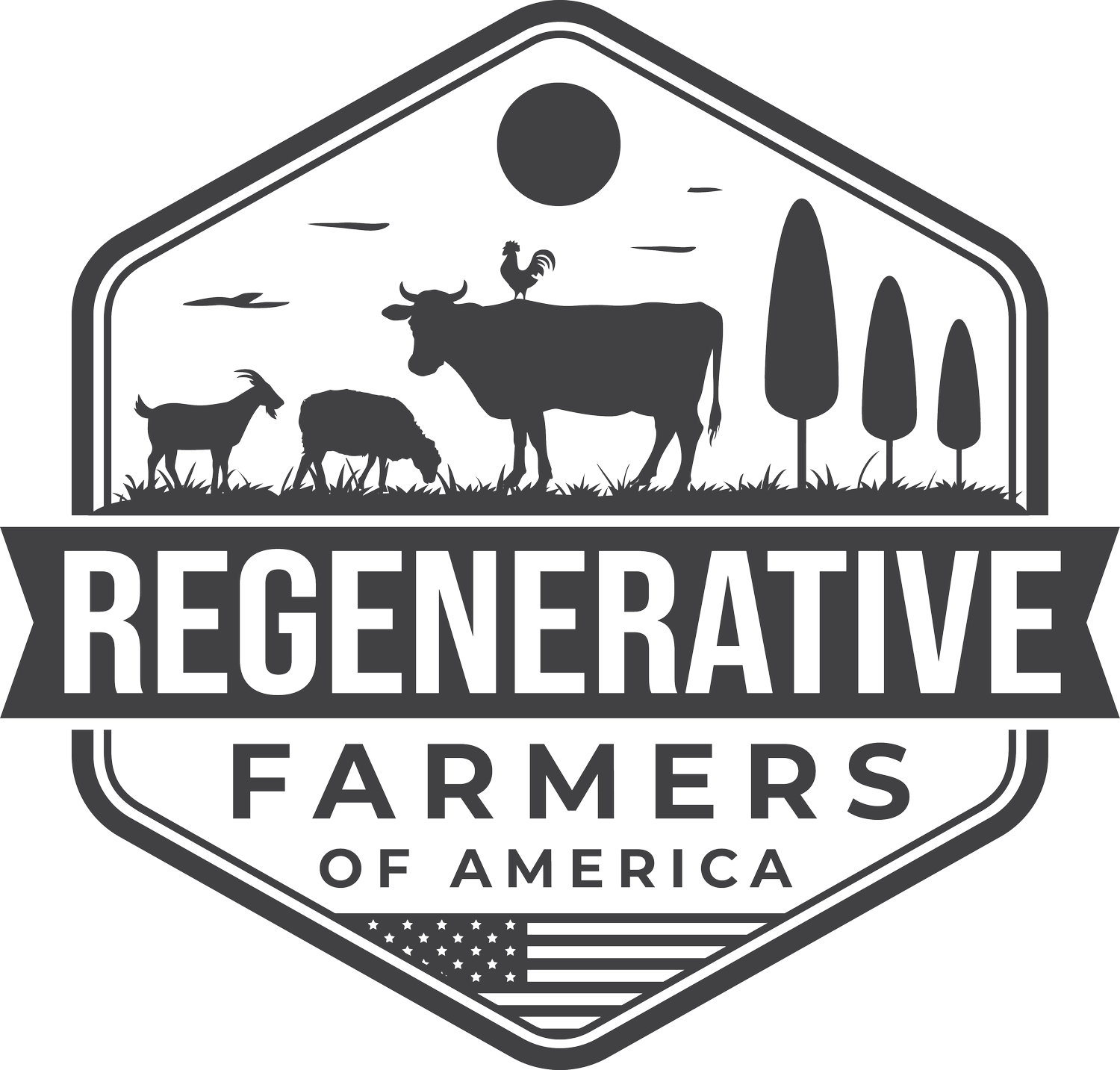
Regenerative Hemp
What is Regenerative Hemp?
Hemp (Cannabis sativa), is a plant from the same family as cannabis: Cannabaceae. However, unlike cannabis, hemp has very low levels of tetrahydrocannabinol (THC) – the psychoactive compound in cannabis – and therefore, it cannot get you high.
Hemp is well named as a “wonder plant” with an estimated 25,000 different uses! These include food, making fibers, ropes, textiles, and paper, as a building material, extracting an oil with medicinal properties, and countless more. From the roots to the seeds, stem, oil, and leaves, every single part of the hemp plant can be used.
Benefits of regenerative hemp farming for soil health and ecosystem services
Hemp is an incredibly versatile crop that has been used for centuries. In recent years, regenerative hemp farming has become increasingly popular due to its potential in regenerative agriculture. It focuses on restoring soil health and improving crop yields while reducing environmental impacts.
Hemp is a relatively hardy plant, and needs far less water than many other industrial crops, like cotton. Similarly, it grows much faster than the trees which are used to make paper.
Regenerative hemp farming can support a diverse range of ecosystem services such as carbon sequestration, water infiltration, and habitat conservation, which can help mitigate climate change and preserve biodiversity. Overall, regenerative hemp farming represents a win-win solution for farmers, consumers, and the environment, providing economic, health, and environmental benefits.
How is Hemp Regenerative?
It has the powerful ability to bring our soil back to life by absorbing carbon and nitrogen out of the air and putting it back into the soil Naturally regenerating it by adding nutrients to our soil, hence, helping nature heal again.
Almost all varieties of hemp are naturally resistant to insect pests and predators. Not only does this mean that harmful chemical pesticides – which can leach into the soil and waterways – need not be used, but also, hemp plantations can become havens for pollinators as well as small birds and animals.
Due to its quick growth rate, hemp makes an excellent ground cover crop. These are plants that are grown in between other crops to cover the ground rapidly, leaving no room for weeds. This reduces the need for harmful herbicides and weed killers, which again can contaminate the surrounding environment. What’s more, while most cover crops are not valuable in themselves, hemp can be a “win-win” crop for farmers, thanks to its high market value.
Hemp removes contaminants from the soil
Hemp provides tons of soil health benefits while creating a product that can be used in endless applications. Since 1998, hemp has been successfully used to remove soil contaminants from agricultural lands that were heavily contaminated by the 1986 Chernobyl nuclear disaster. Imagine what it can do for the soil on your farm!
Uses of Hemp:
Food - Hemp seeds can be eaten raw, ground into hemp meal, sprouted or made into dried sprout powder. Hemp seeds can also be made into a slurry used for baking or for beverages. Hemp oil is cold-pressed from the seed and is high in unsaturated fatty acids.
Fiber - For centuries, items ranging from rope, to fabrics, to industrial materials were made from hemp fiber. Hemp was also commonly used to make sail canvas. Pure hemp has a texture similar to linen. Because of its versatility for use in a variety of products, today hemp is used in a number of consumer goods, including clothing, shoes, accessories, dog collars, and homewares.
Building material - Hemp as a building construction material provides solutions to a variety of issues. Its light-weightiness, mold resistance, breathability, etc. makes hemp products versatile in a multitude of uses.
Plastics - Hemp-based bioplastic is a biodegradable alternative to regular plastic and can potentially replace polyvinyl chloride (PVC), a material used for plumbing pipes.
Wood - Hemp growth lasts roughly 100 days, a much faster time period than an average tree used for construction purposes. While dry, the fibers could be pressed into tight wood alternatives to wood-frame construction, wall/ceiling paneling, and flooring. As an addition, hemp is flexible and versatile allowing it to be used in a greater number of ways than wood. Similarly, hemp wood could also be made of recycled hemp-based paper.
Consumers:
There are many ways to support hemp farming with your dollar.
See these companies we love below who make so many great things with hemp!
Growers/ Farmers:
Hemp laws are getting better and better to take advantage of this industry in almost every state!
Author and farmer Doug Fine takes students deep into regenerative growing methods and soil preparation as well as strategies for building a profitable business and navigating legal challenges. You will learn from his mistakes and successes, and you will be able to build confidence in your hemp farming strategies and tactics after you complete this course. Self-paced. No expiration date.
FAQs about Hemp
What is hemp, and how is it different from marijuana?
Hemp is a variety of the Cannabis sativa plant that contains low levels of THC, the psychoactive compound found in marijuana. Unlike marijuana, hemp is grown for industrial use, and its fibers and seeds can be used to make a variety of products, including textiles, paper, food, and supplements.
What are the benefits of using hemp products?
Hemp products offer a range of potential benefits, including pain relief, reduced inflammation, improved skin health, and increased relaxation. They are also often considered more sustainable than traditional products, as hemp requires fewer pesticides and fertilizers to grow.
Is hemp legal to grow and use in the United States?
Yes, hemp is legal to grow and use in the United States, thanks to the passage of the 2018 Farm Bill, which removed hemp from the list of controlled substances. However, regulations regarding hemp production and use vary from state to state.
What are some common uses of hemp, and how are these products made?
Hemp is used to make a variety of products, including clothing, paper, food, supplements, and building materials. Hemp fibers are extracted from the plant and spun into yarn or fabric, while hemp seeds are processed to create oil, protein powder, and other food products.
Can hemp be used for medicinal purposes, and what are the potential benefits?
Hemp can be used for medicinal purposes, as it contains compounds like CBD that have been shown to offer potential benefits for conditions like pain, anxiety, and epilepsy. However, more research is needed to fully understand the potential benefits of hemp-based treatments.
How sustainable is hemp farming, and what environmental benefits does it offer?
Hemp farming is considered more sustainable than many other crops, as it requires fewer pesticides and fertilizers to grow. Hemp plants also have deep roots that help to prevent soil erosion and improve soil health. Additionally, hemp can be used to create sustainable alternatives to traditional materials like plastic and cotton.
What are some potential side effects of using hemp products?
Hemp products are generally considered safe, but some people may experience side effects like nausea, fatigue, or changes in appetite. Additionally, some hemp products may interact with medications, so it is important to talk to a healthcare provider before using them.
How does hemp compare to other natural fibers, such as cotton and bamboo?
Hemp is often considered a more sustainable alternative to other natural fibers like cotton and bamboo, as it requires less water and fewer pesticides and fertilizers to grow. Additionally, hemp fibers are stronger and more durable than cotton fibers, making them ideal for products like clothing and textiles.



